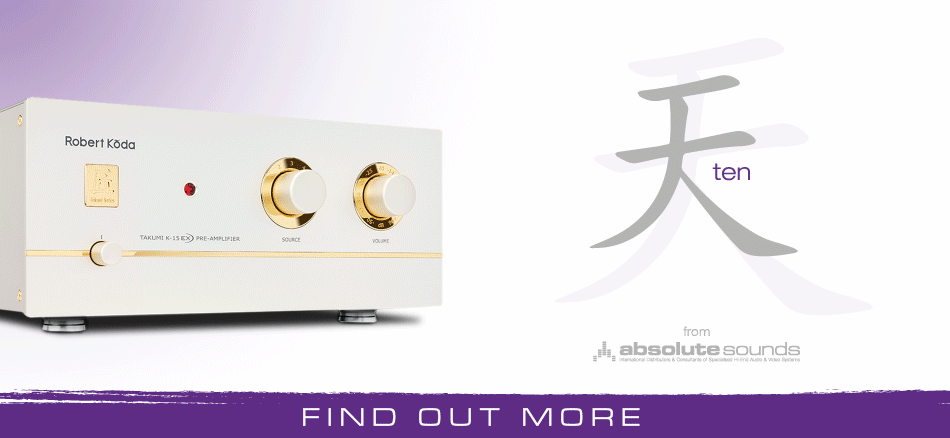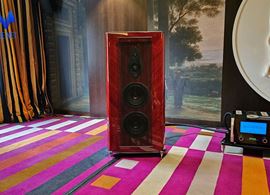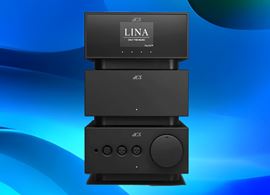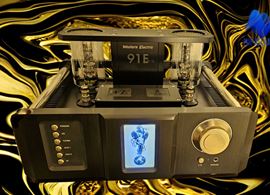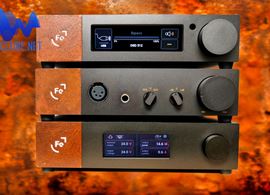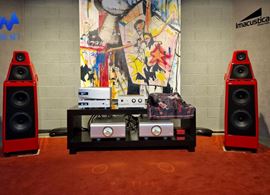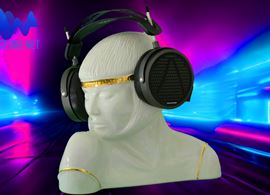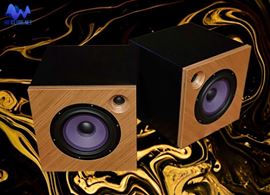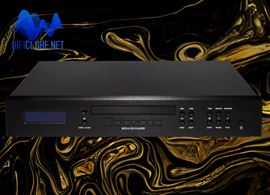The company’s open-dynamic headphones, known as "The Composer," received accolades in 2024, including the Hificlube and EISA Awards. In August, I was sent a pair of these headphones and the Full Score One amplifier to test (A Tribute to Music Lovers). At the time, I had several other headphone amps available, so I admit I didn't give the Full Score One the attention it deserved.
As the year draws to a close and the festive season concludes, there tends to be a lull in the excitement over new products. With the Full Score One still in my possession, I decided it was finally time to focus on this amplifier. One notable aspect is that it is one of the few amplifiers developed through scientific methods, with tuning based on feedback from a blind panel of 40 listeners. However, that number was later reduced to 22 due to restrictions imposed by COVID-19.
Human ear beats the uncertainty principle
I recently read an article about the remarkable capabilities of human hearing. Researchers from Rockefeller University in New York reported studies demonstrating that humans can distinguish sounds in frequency and time domains with accuracy ten times greater than the Fourier uncertainty principle suggests.
The results were even more impressive among individuals with trained ears. A professional musician demonstrated a hearing acuity level 13 times higher than average, while an electronic music producer showcased a temporal acuity of just 3 milliseconds!
According to the researchers, this ability appears to be linked to the internal pattern of the cochlear spiral (similar to a snail shell) in the human ear. Here are the main conclusions, though readers can access the full article here for more details:
"We were extremely surprised by the performance of our subjects and particularly amazed that the most significant improvements were typically observed in the temporal domain.
Physicists often believe that hearing relies solely on the spectrum of frequencies. However, the spectrum is independent of time, and effective hearing involves rapid transients. The data suggests that our brains are much more focused on time."

The Austrian Audio Full Score One headphone amplifier was developed and built in Austria by former AKG engineers.
The man behind the Full Score One
Paul Weinreich, the engineer who developed the Full Score One headphone amplifier, arrived at a similar conclusion during his research. His findings are presented in a technical study titled "Behind the Full Score One," which you can read in full here.
In this study, which involved a panel of 40 listeners, Weinreich concluded that time domain specifications, such as slew rate and rise time, significantly contribute to an amplifier's transparency: more so than total harmonic distortion (THD).
The study thoroughly explains how and why the Full Score One was designed. Who better to describe this creation than its creator?
Linear power supply
The Full Score One is a purely analogue headphone amplifier. It features a linear power supply, a Mosfet preamplifier stage, and a Class B bipolar transistor power amplifier. The volume is controlled by an Alps potentiometer. It is designed with simplicity in mind—there are no additional features such as a 'Bass' button, 'Crosstalk' adjustments, or 'Gain' settings. The amplifier has three headphone outputs: two 6.3 mm and one 4-pin XLR, all of which can be used simultaneously.
TTT feels like an open window to everything music offers!
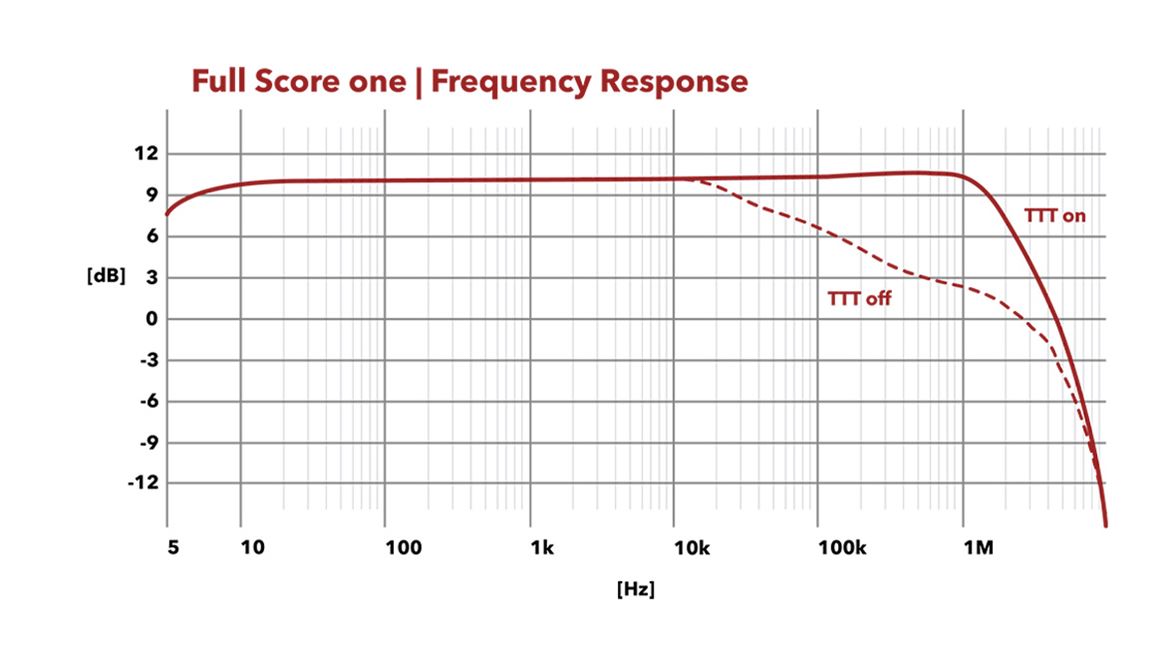
Frequency response with and without TTT engaged.
True Transient Technology
The device features a unique button labelled "TTT." When activated, this button increases the slew rate to 300 V/µs and sets the -3 dB passband to 2 MHz while maintaining a fixed rise time. In its off mode, the specifications are similar to those of conventional amplifiers, with a slew rate of 5 V/µs and a bandwidth of 75 kHz, although the rise time may vary.
Full Score One differentiates itself from operational amplifiers (op-amps) with limited slew rates and bandwidth. In contrast, Class D amplifiers must restrict their bandwidth to minimise interference from switching noise. Meanwhile, valve amplifiers are known for producing a sweet and warm sound but tend to soften transients.
Can TTT Be Heard?
As mentioned earlier in this article, finding differences in sound quality often requires a highly trained ear, as these differences primarily occur at frequencies that are theoretically well beyond human hearing. However, the slew rate operates in the time domain, where humans excel, as demonstrated.
I listened to Full Score One using the Hifiman HE1000 headphones, which are planar-magnetic and open-back, and the Austrian Audio The Composer dynamic open-back headphones. Both were connected using a 4-pin balanced XLR connection to ensure greater stereo separation (90 dB). In contrast, using a 6.3mm Jack connection combines the ground for both channels, resulting in a drop in separation to 40 dB.
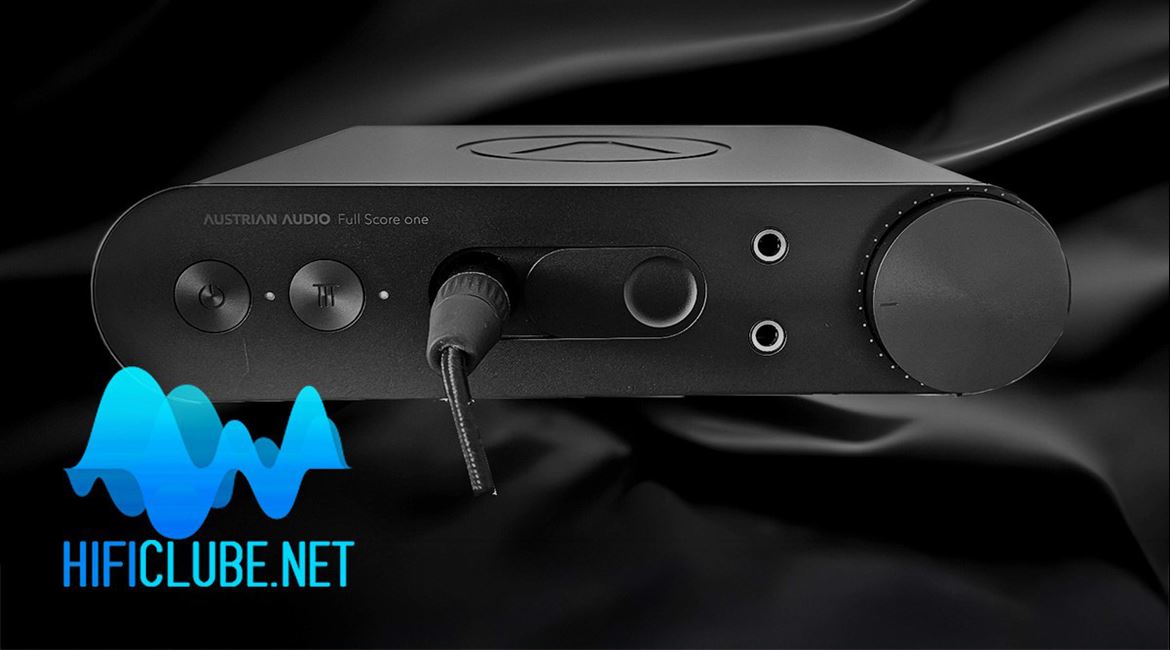
Full Score One is designed with simplicity in mind—there are no additional features such as a 'Bass' button, 'Crosstalk' adjustments, or 'Gain' settings. The amplifier has three headphone outputs: two 6.3 mm and one 4-pin XLR, all of which can be used simultaneously.
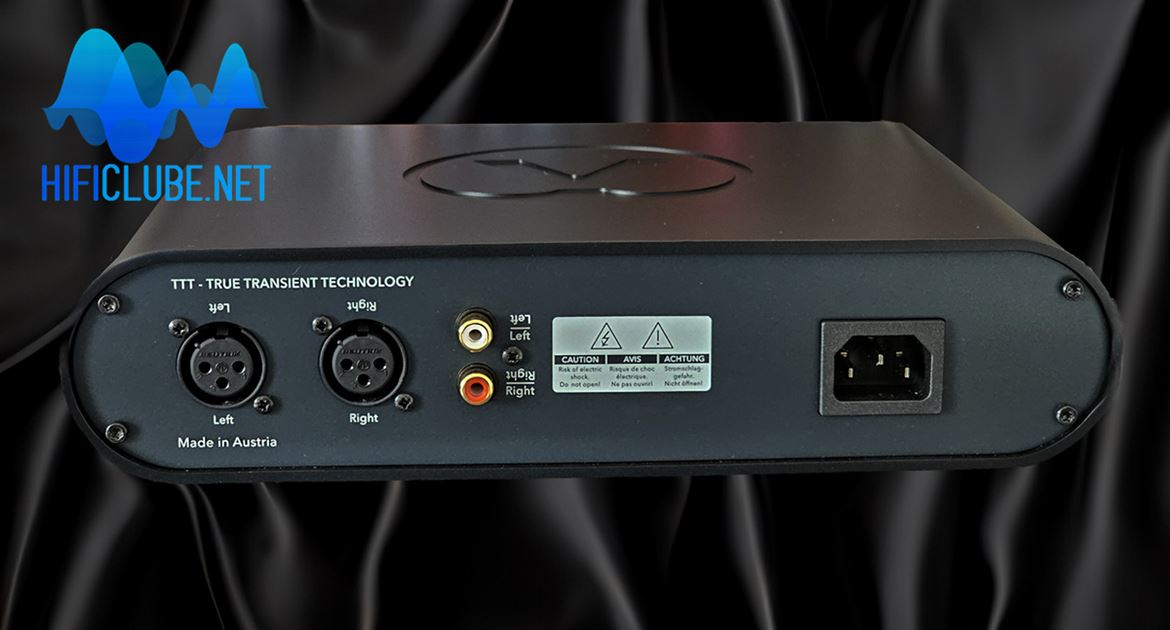
Full Score One offers only analogue (XLR and RCA) inputs. It has no preamp output.
Listening with and without TTT
I can confidently say that the difference in sound quality is noticeable and significant. However, I wouldn't wager my life on passing a blind test. With practice, I began to discern the minor details only perceptible with TTT activated, particularly during fast transients from percussion instruments. I noticed something else that led me to always keep TTT on: the expressiveness in vocal performances. I also could clearly perceive the movement of air inside concert halls, which added to the experience.
Additionally, I appreciated the purity of the timbres of the wind instruments, the vibrations of guitar strings, and the resin on the strings of violins, cellos, and double basses.
In summary, TTT feels like an open window to everything music offers! While some may prefer listening without TTT for a slower and rounder sound, Full Score One provides both perspectives. The choice is yours.
In conclusion: The Austrian Audio Full Score One headphone amplifier delivers exceptional sound quality for €1499, seamlessly balancing scientific precision with subjective listening experiences. This is why Hificlube.net highly recommends it.
For further information, please contact: Sound&Pixel

